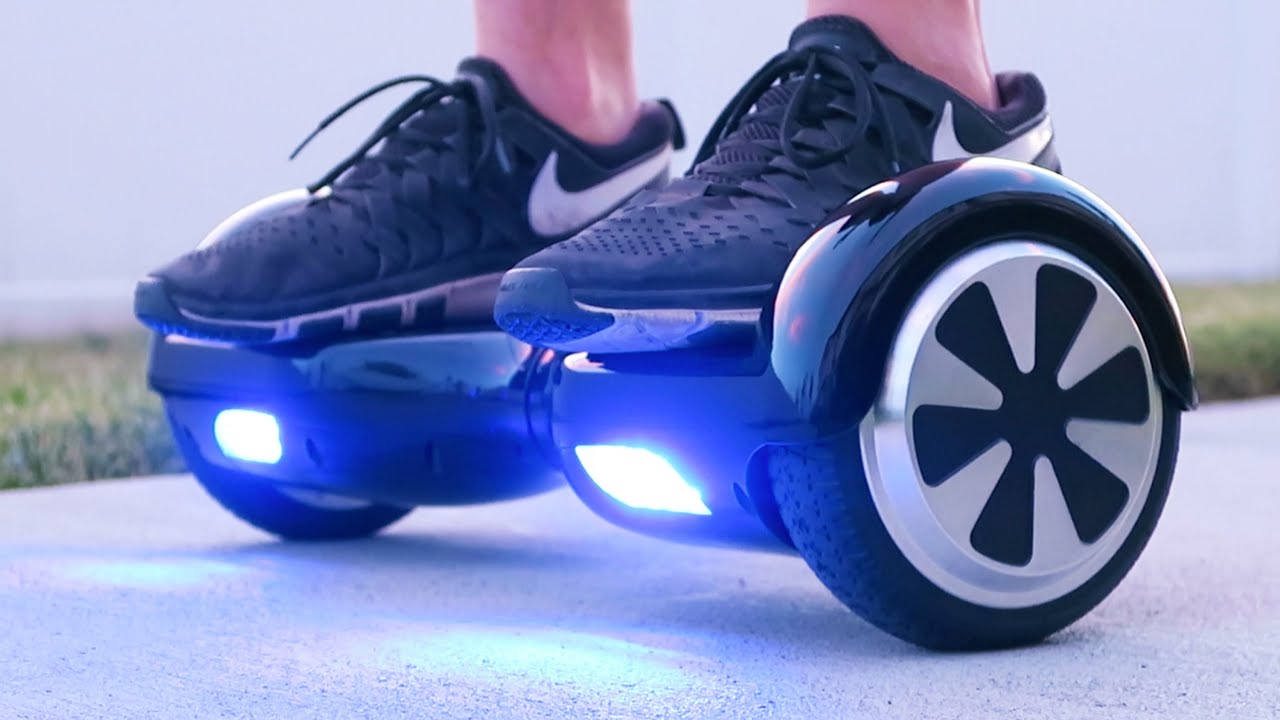As with the skateboards, hover board operators will be responsible for their skill level and thus need to consider this before trying any outrageously radical tricks or maneuvers. The rider provides the propulsion on a skateboard, but on a Electric Scooter, they will provide less propulsion, but rather assistance only for the hoverboard like a powered skateboard.
The rider will of course be in charge of Steering and Control on a hover board, but the board will fly and this means softer landings, more air off the ramps and new tricks that have never even been thought of. But realize too with better performance will come serious injuries whne mistakes are made and thus more skill, practice and perhaps high-tech training tools need to also be discussed prior to "off the chart" radical maneuvers by advanced and non-advanced riders.
Hoverboard instructors and trainers and digital training tools, eLearning tools and virtual reality simulators will add billions of dollars to the industry and thousands of potential jobs. Hoverboards may be outfitted with haptic sensors on the surface to sense the riders weight distribution as he or she leans on one or more parts of the board, thus anticipating the riders needs and adjusting accordingly and storing the information in memory by learning to work with a specific rider through the employment of Artificial Intelligence strategies.
The introduction of Artificial Intelligence into the stability control system and Electric Scooter operating System will provide a smoother ride and become one with the operator for better execution of tricks and maneuvers and a more pleasurable ride. These systems are available and are quite simple in fact, considering their abilities.


